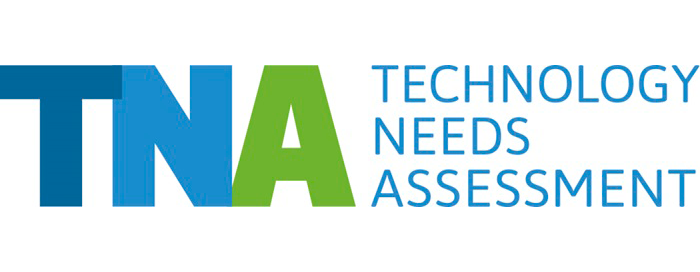St Kitts and Nevis started its TNA process in 2020 as part of the TNA IV project, at which point it initiated the process of deciding its priority sectors and technologies for both mitigation and adaptation. In 2023, St Kitts and Nevis initiated the second stage of the TNA project, which involves a barrier analysis and the determination of the enabling framework to overcome identified key barriers (i.e. BAEF stage). In 2024, St Kitts and Nevis completed its Technology Action Plan (TAP).
St Kitts and Nevis is significantly vulnerable to the rise in sea levels, coastal erosion and flooding, which are exacerbated by human-induced deforestation and climate-change hazards. Overall, the most vulnerable sectors and areas in St Kitts and Nevis are forestry and terrestrial ecosystems, coastal ecosystems, water resources, human settlements, agriculture, tourism and human health.
The island’s water resources are highly vulnerable to the rise in sea levels and increases in temperatures, which lead to higher rates of water evaporation. One priority is therefore for the country to maintain and protect its underground water resources.
In its NDC, St. Kitts and Nevis underlines the importance of protecting the water, agricultural and coastal zone sectors for reasons of social and economic sustainability. When it comes to mitigation, special attention will be given to the energy and transport sectors, the island’s two highest contributors to the GHG national matrix.
St. Kitts and Nevis TNA contributes to the following Sustainable Development Goals:






